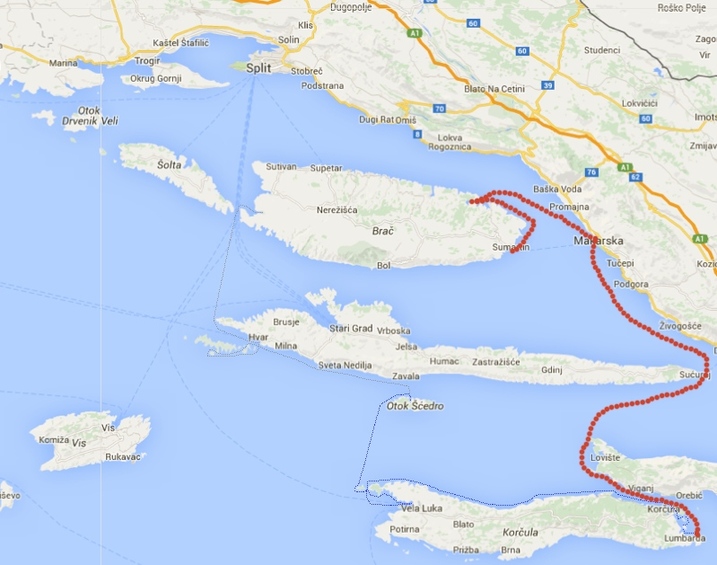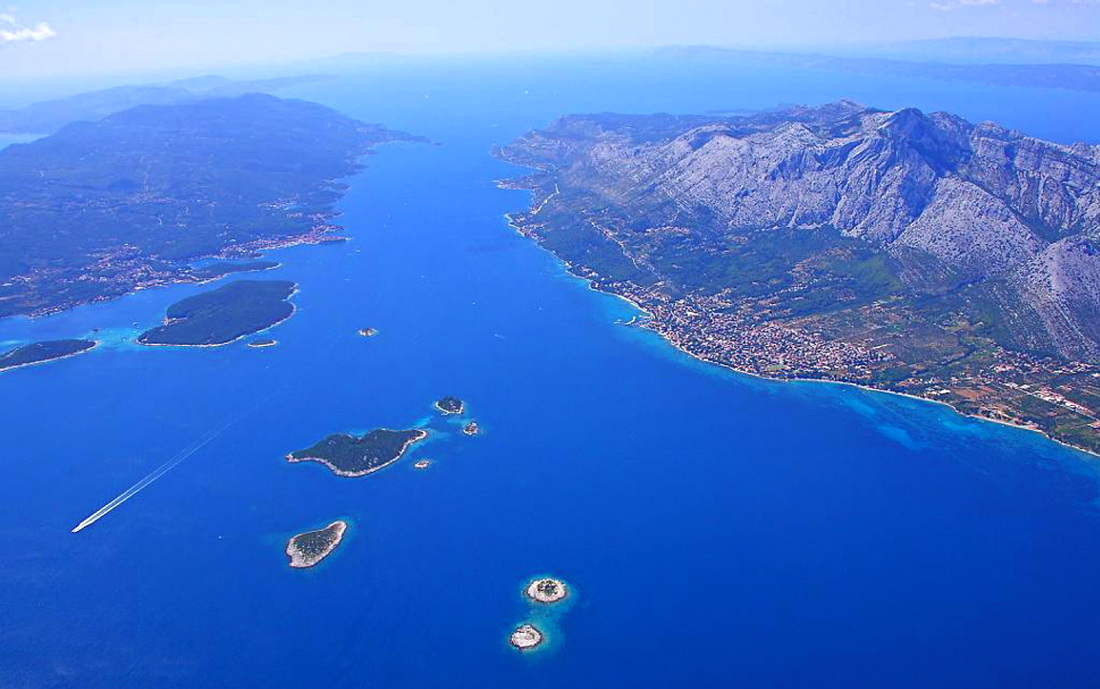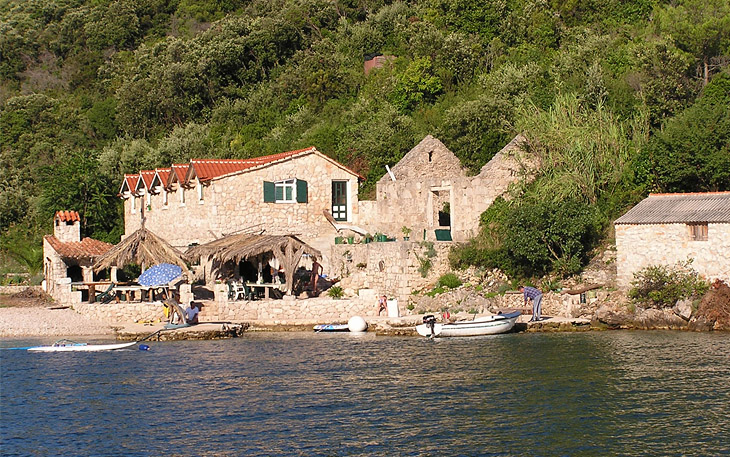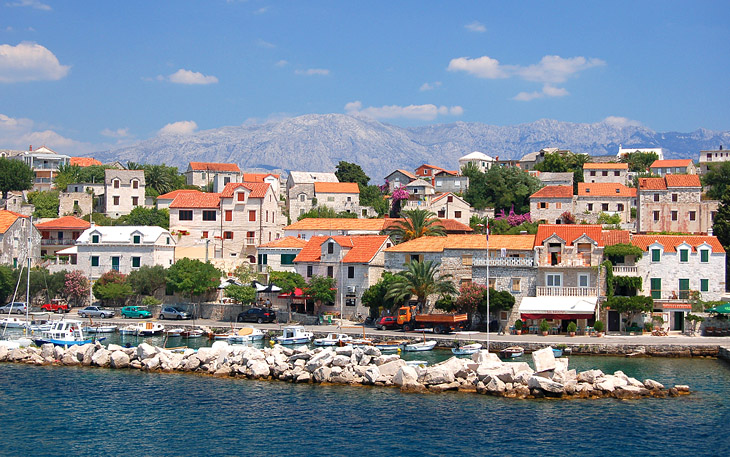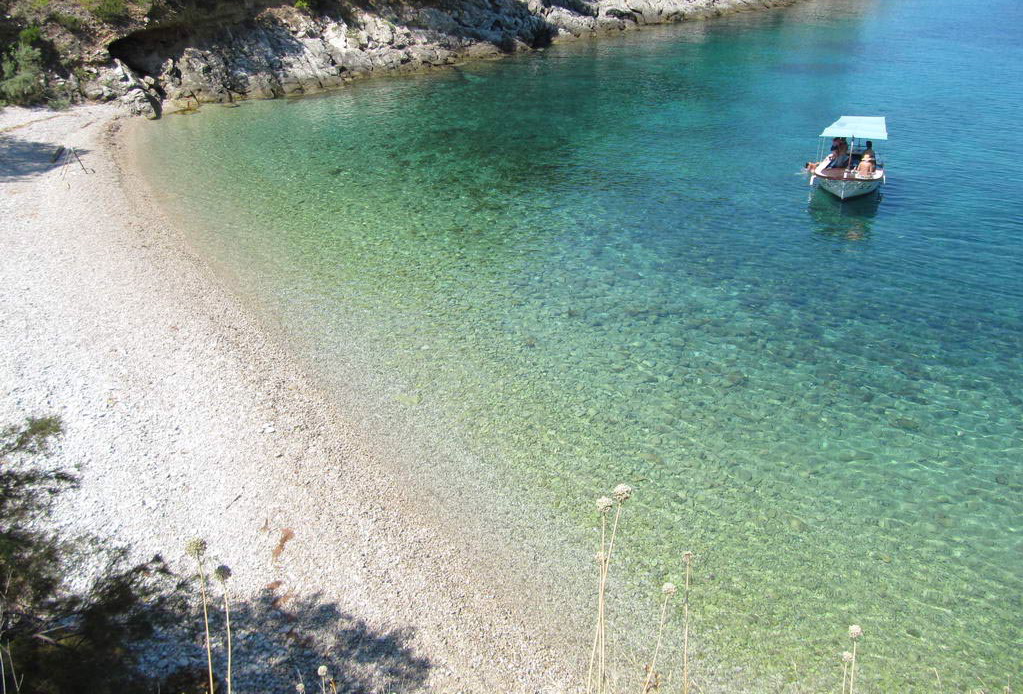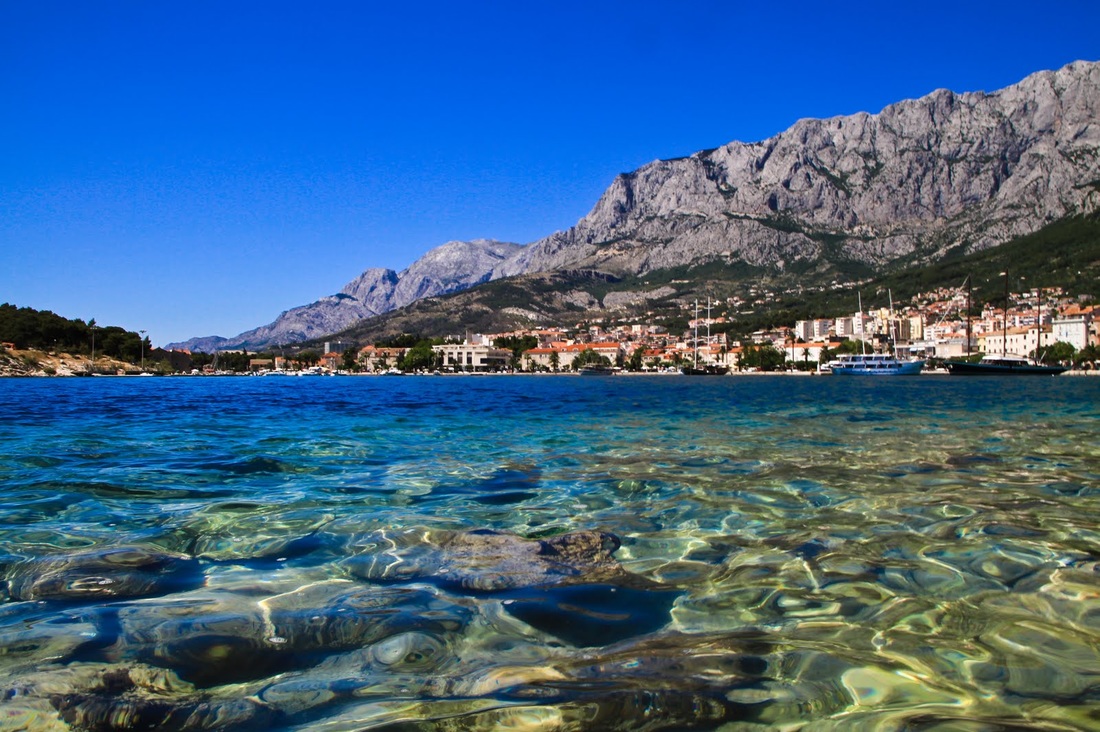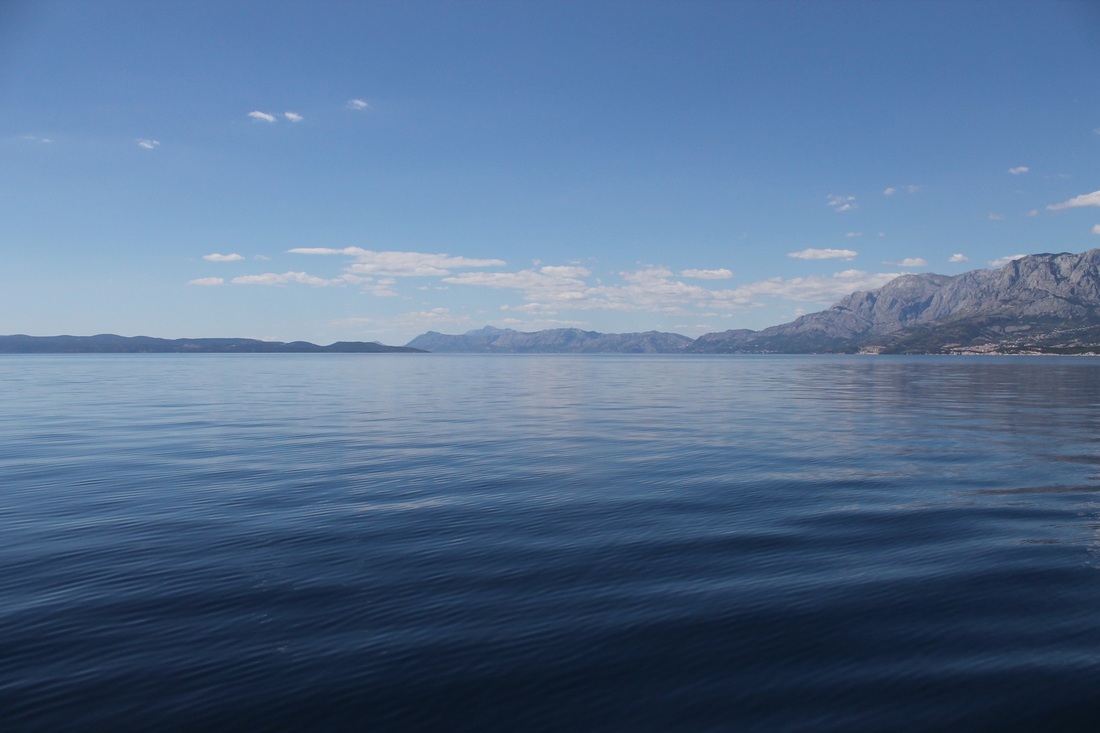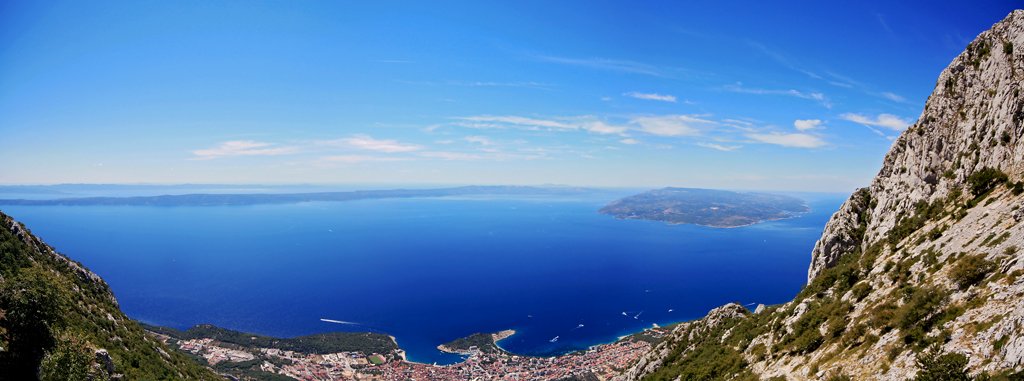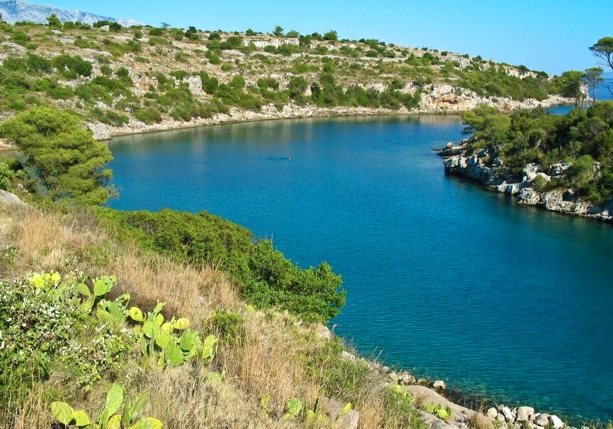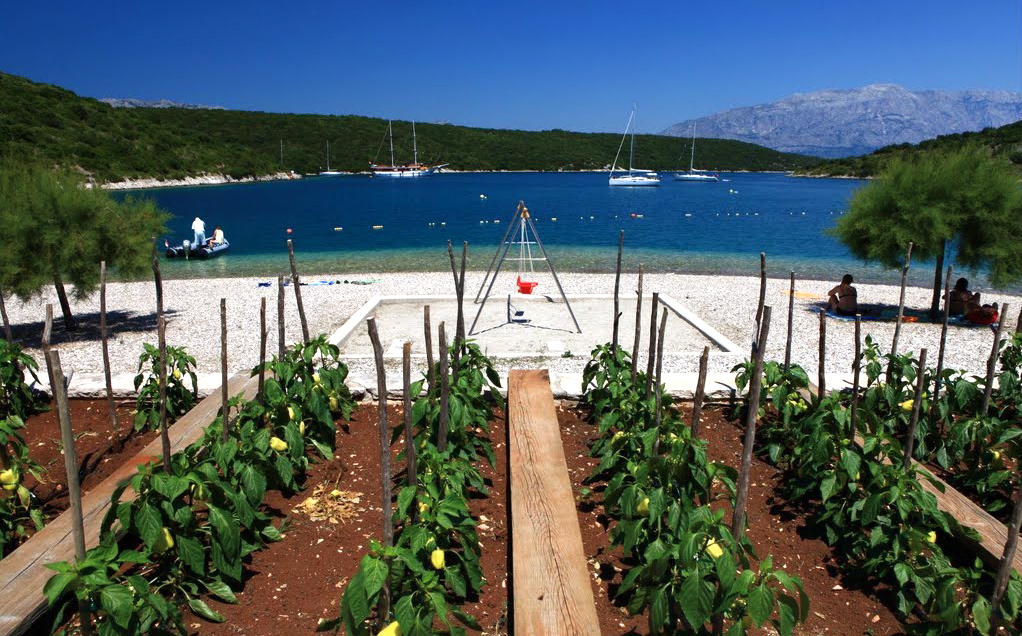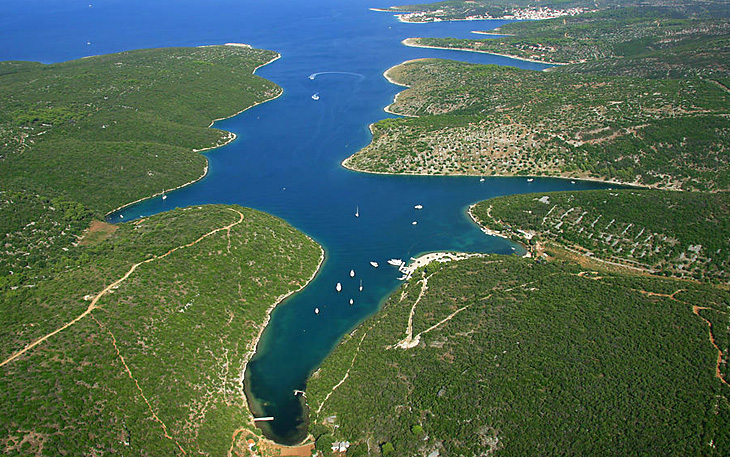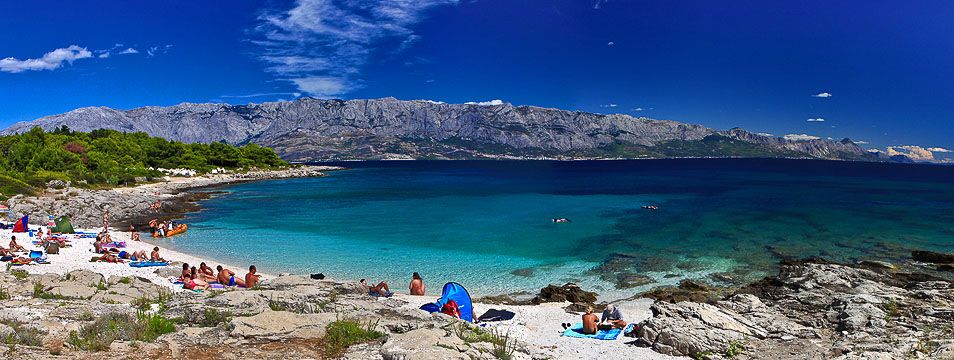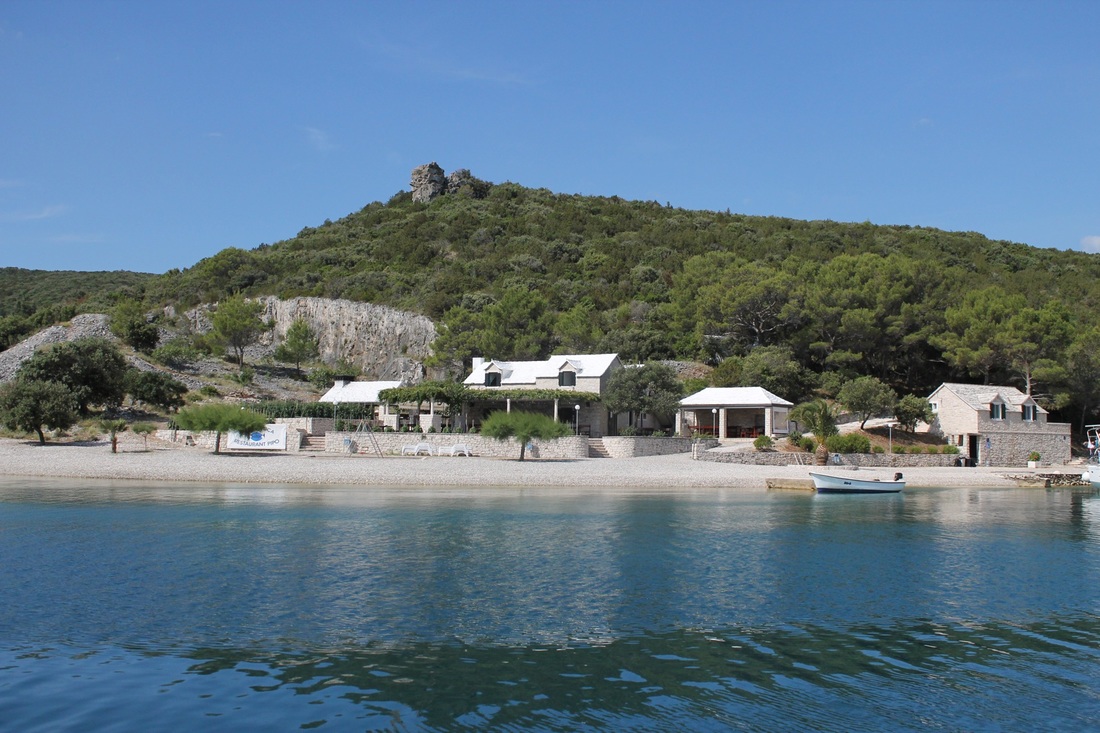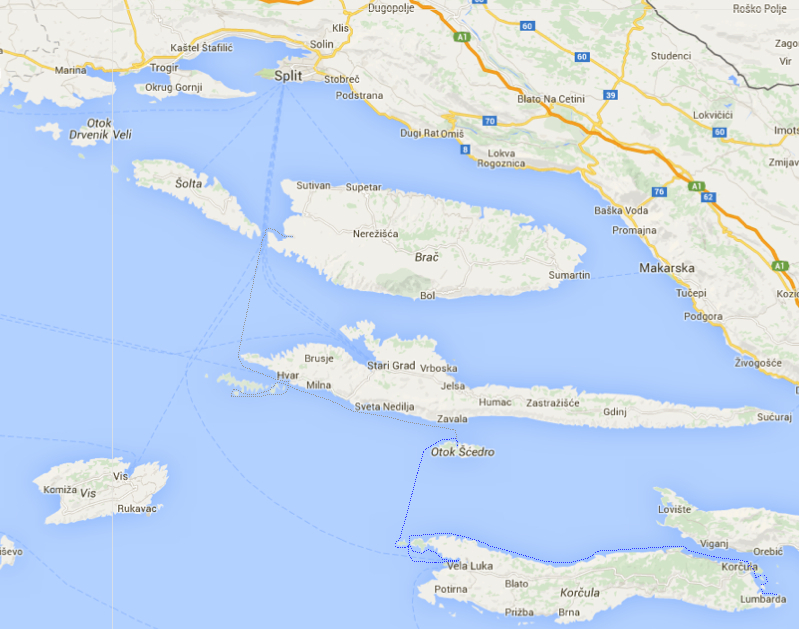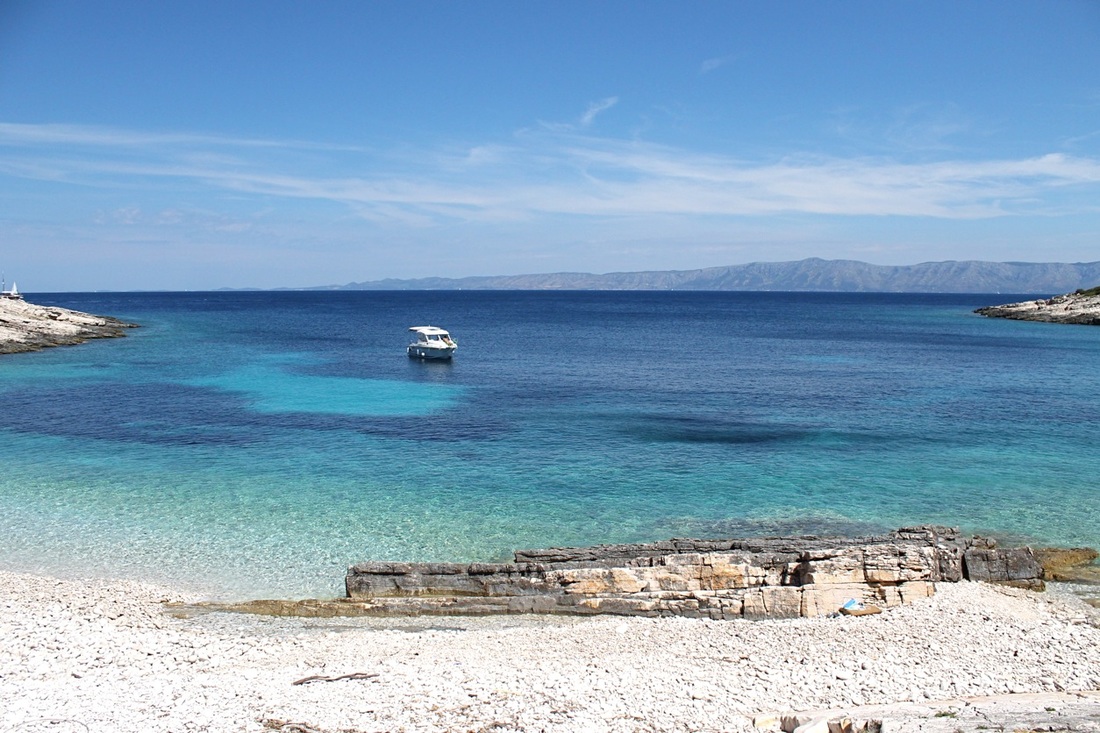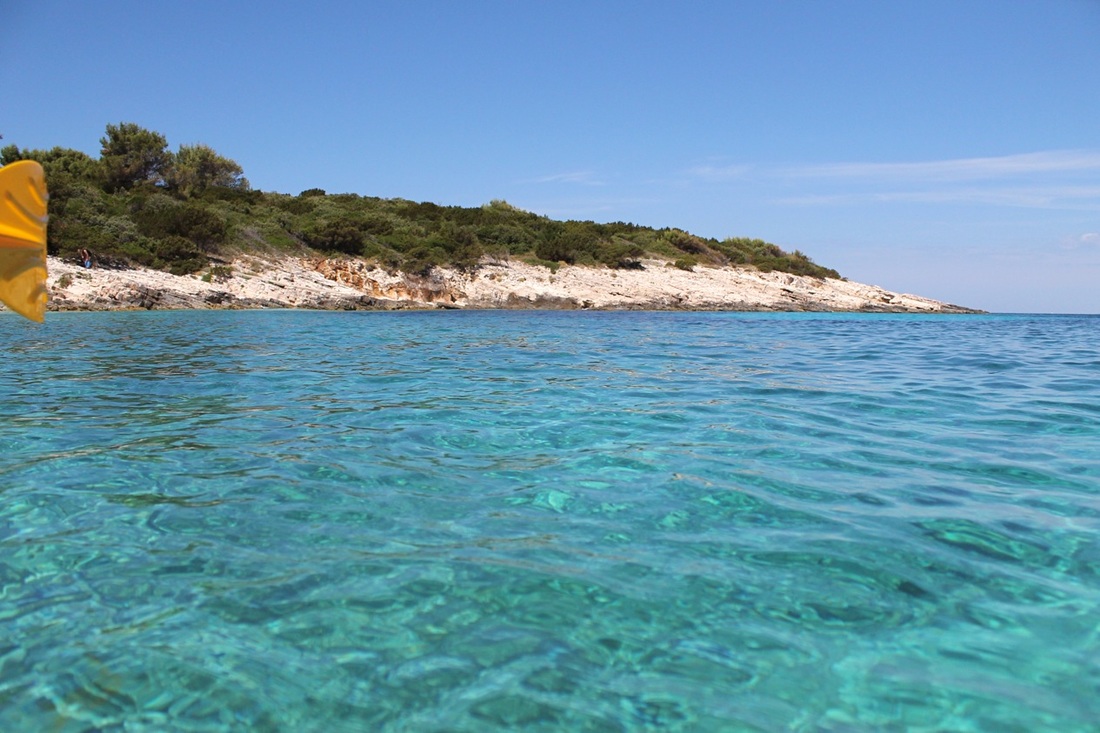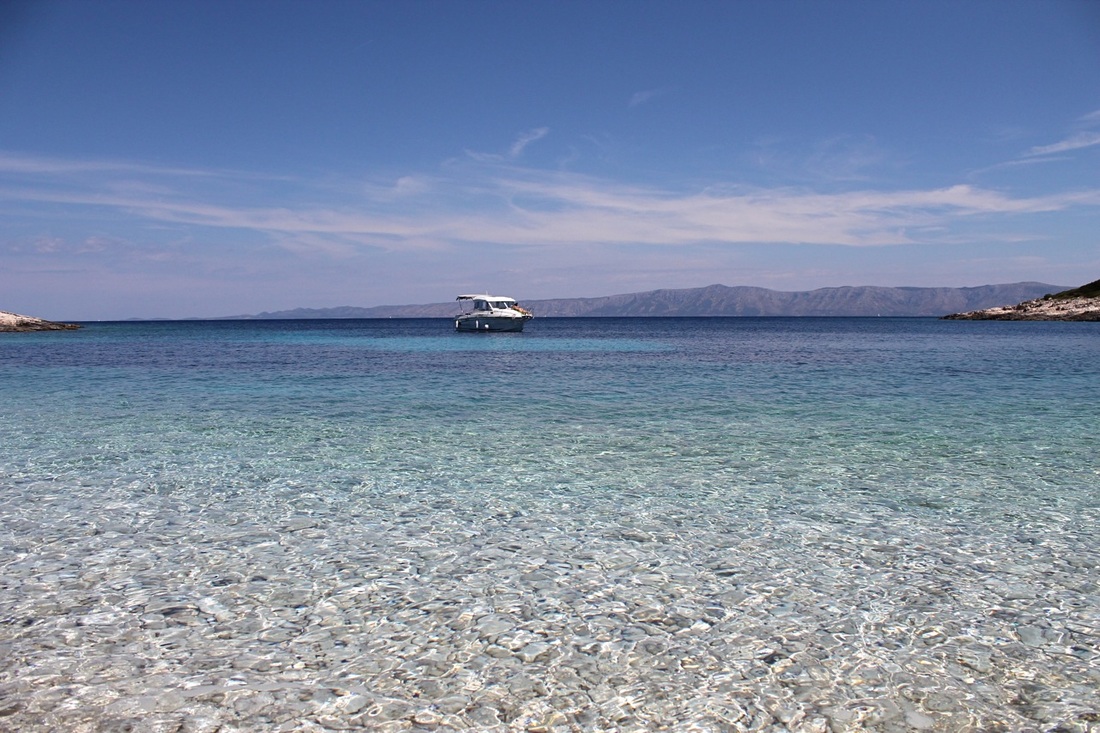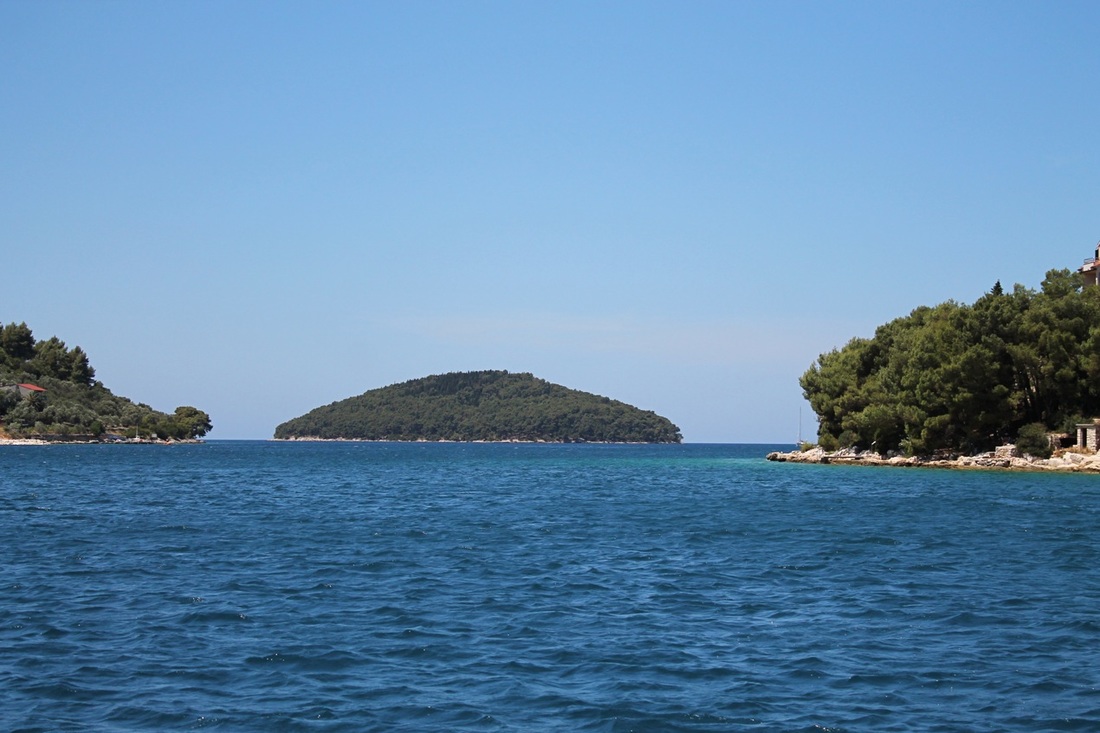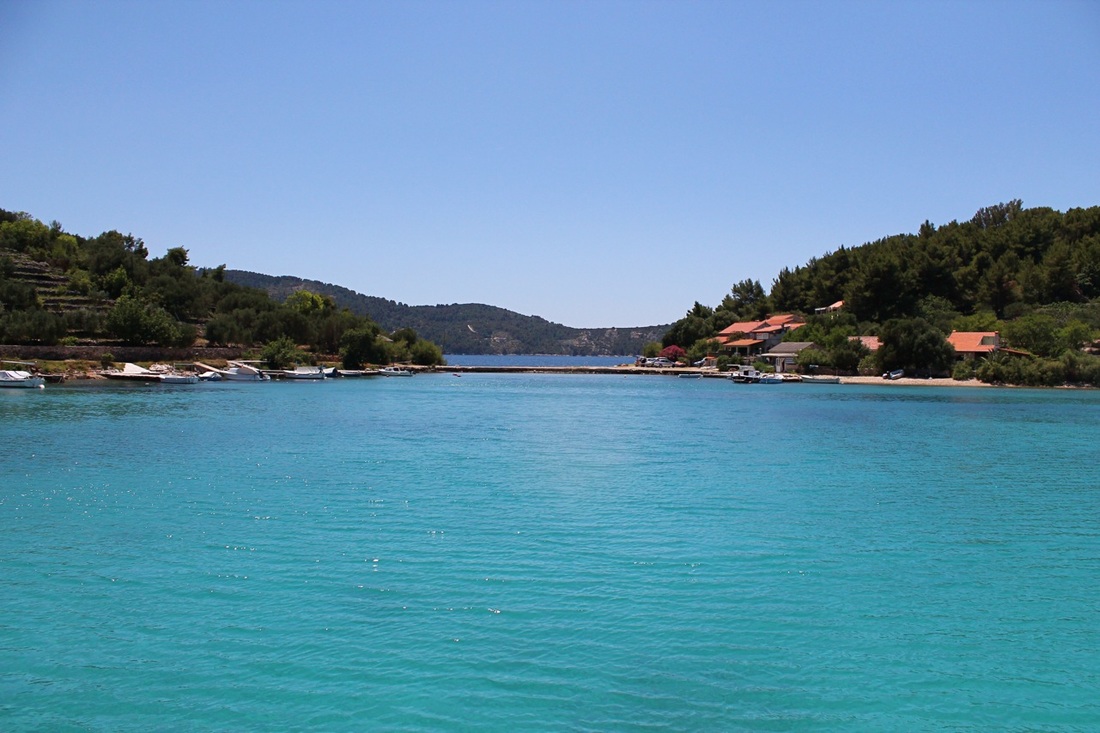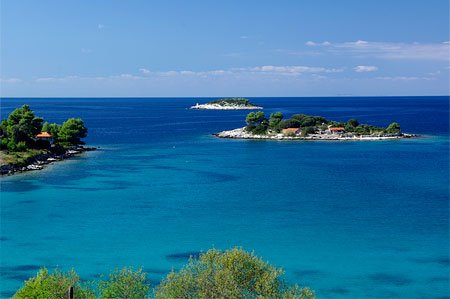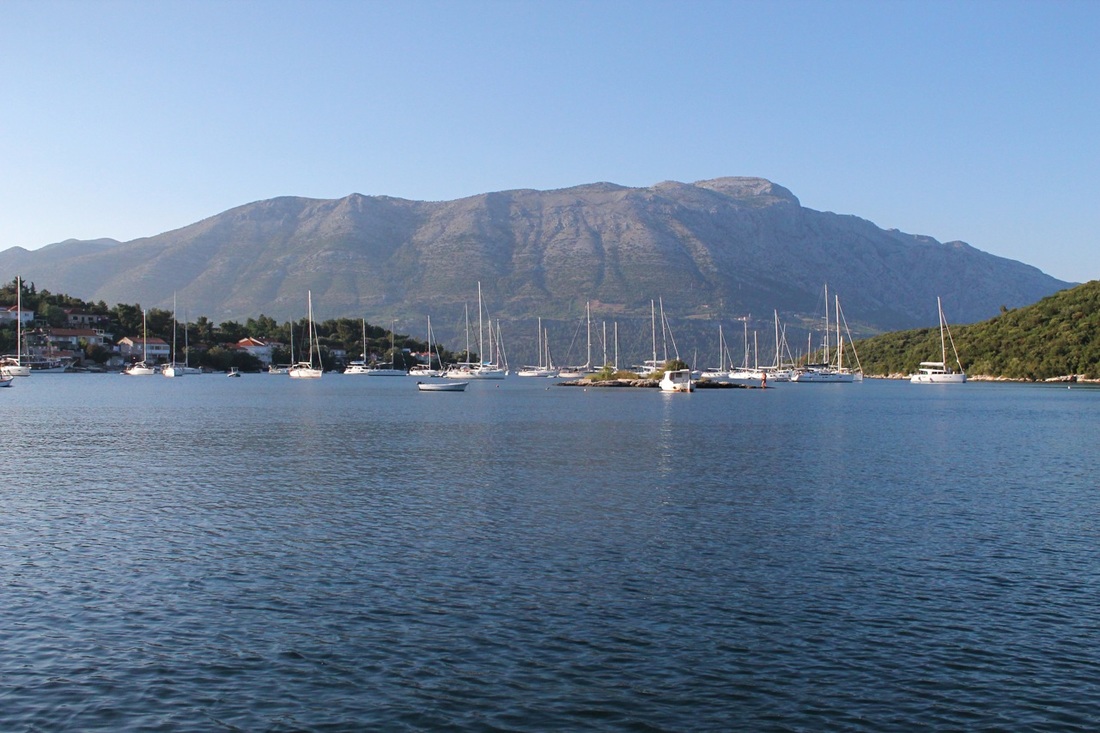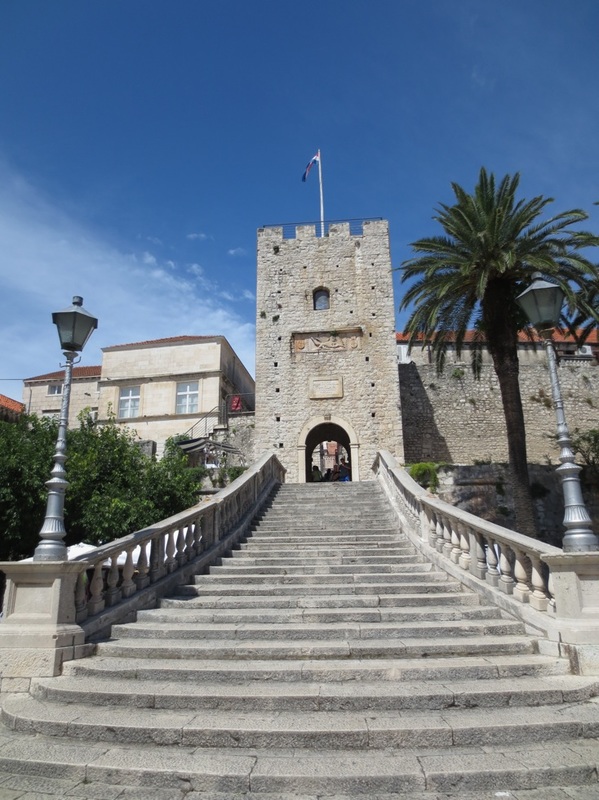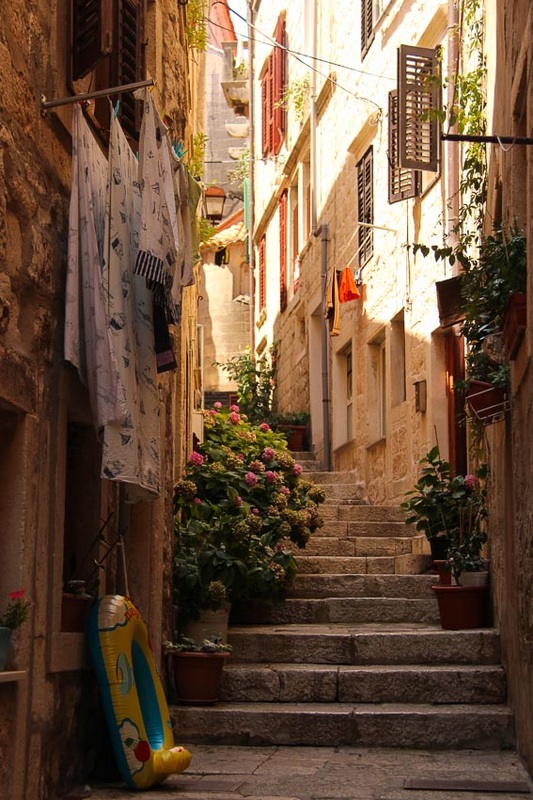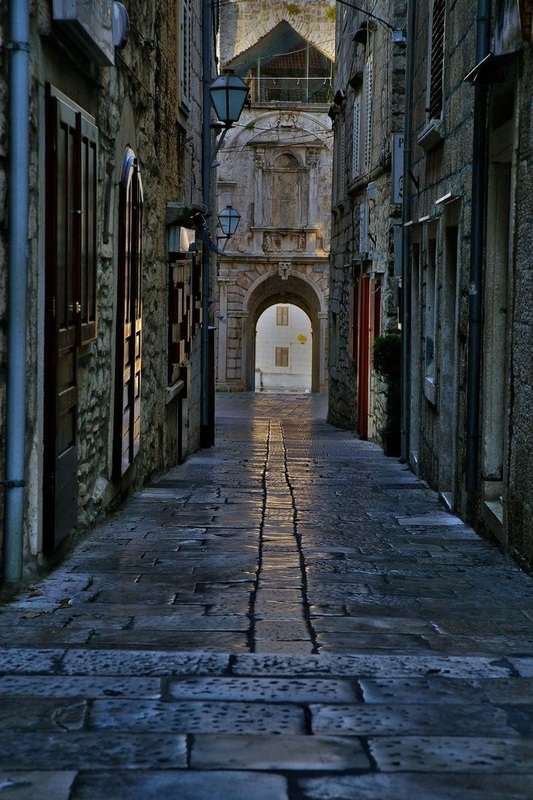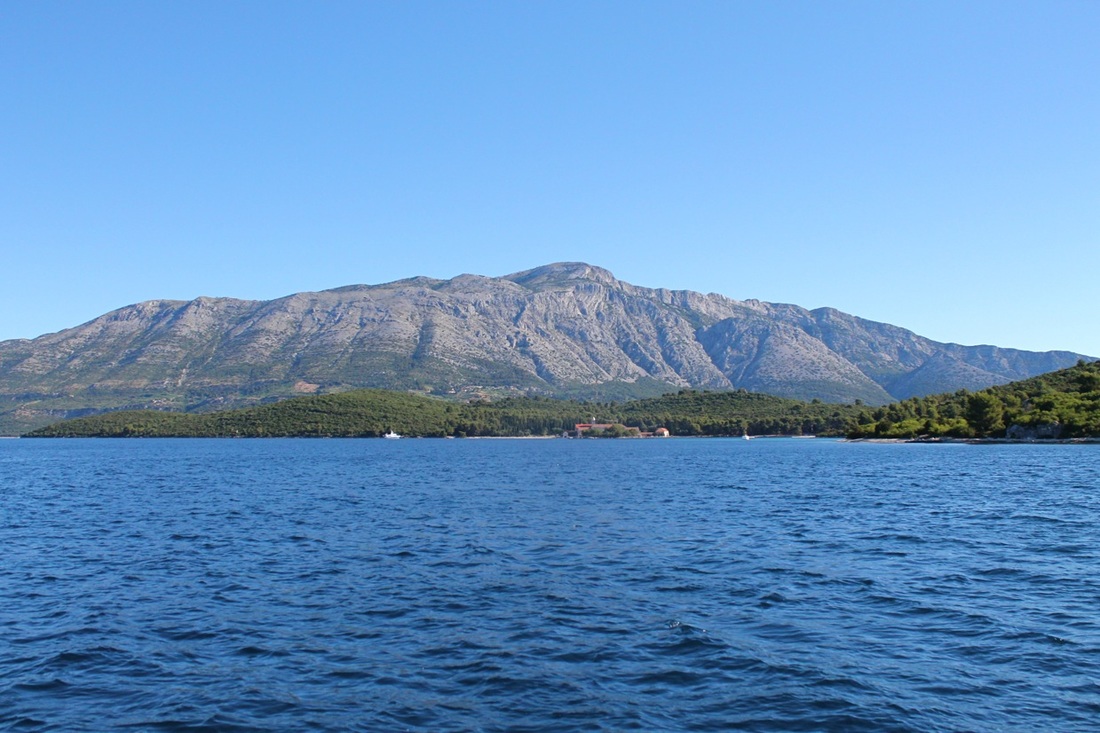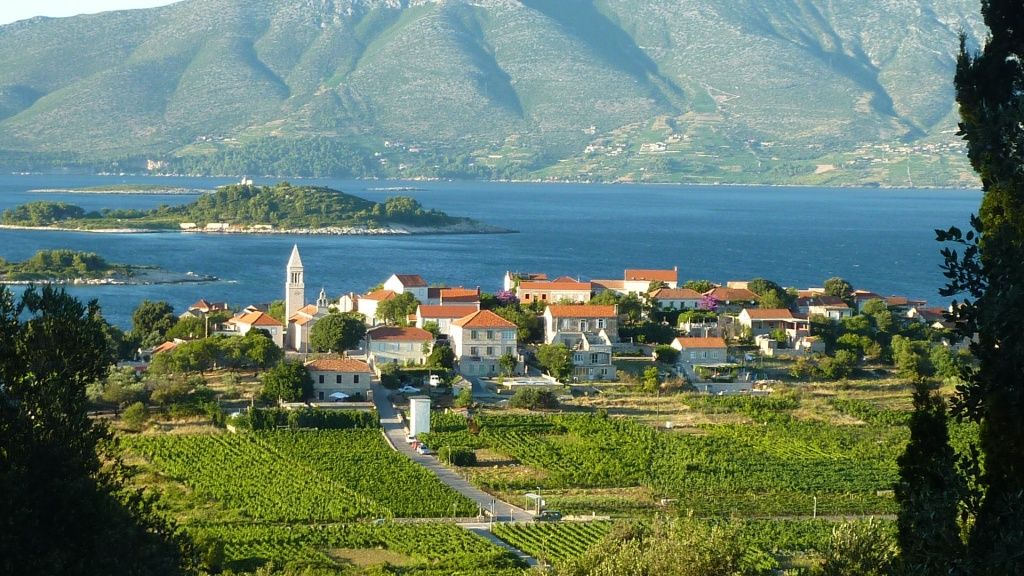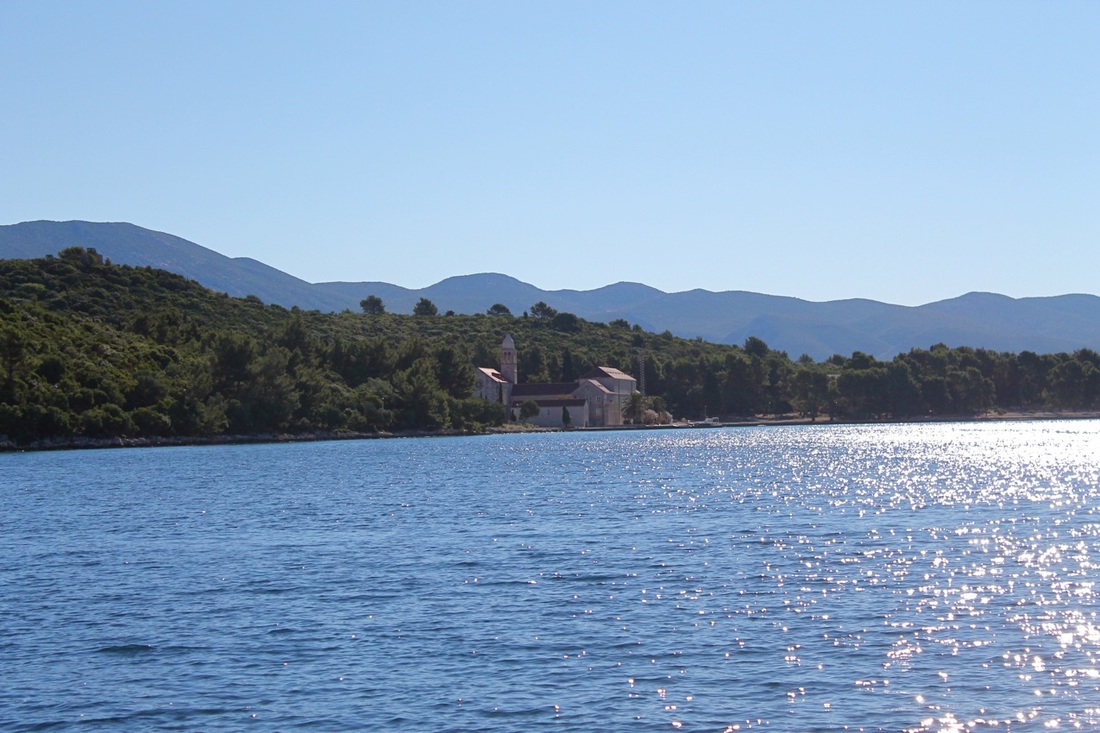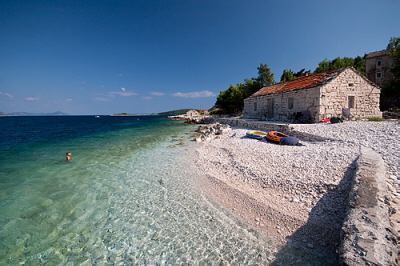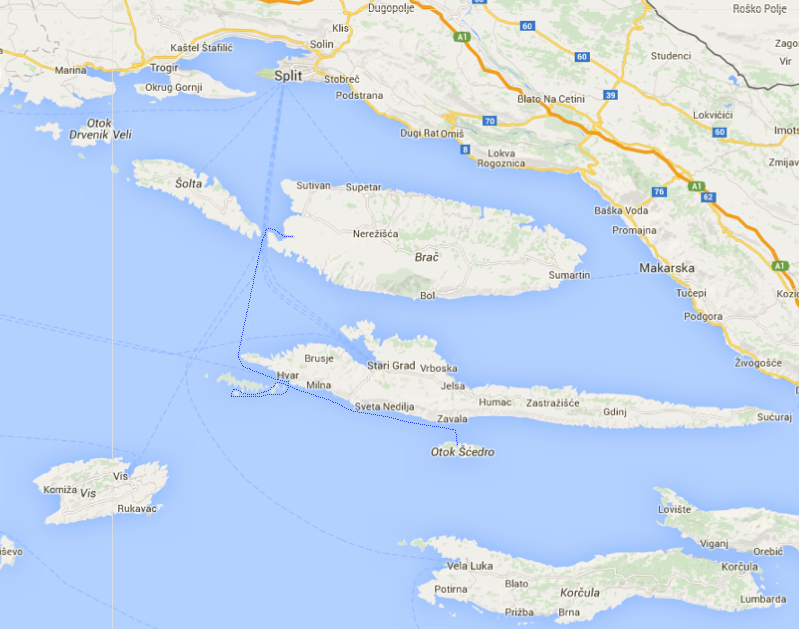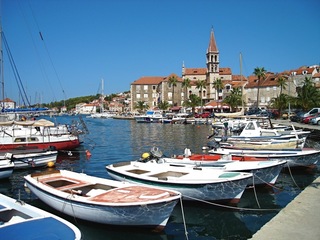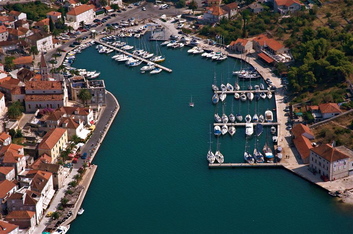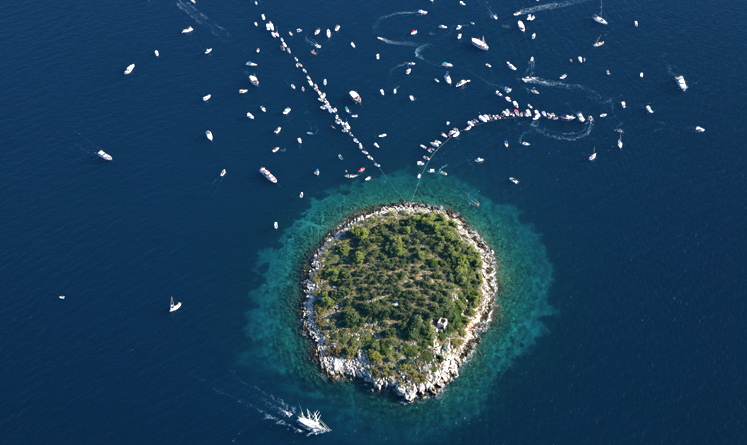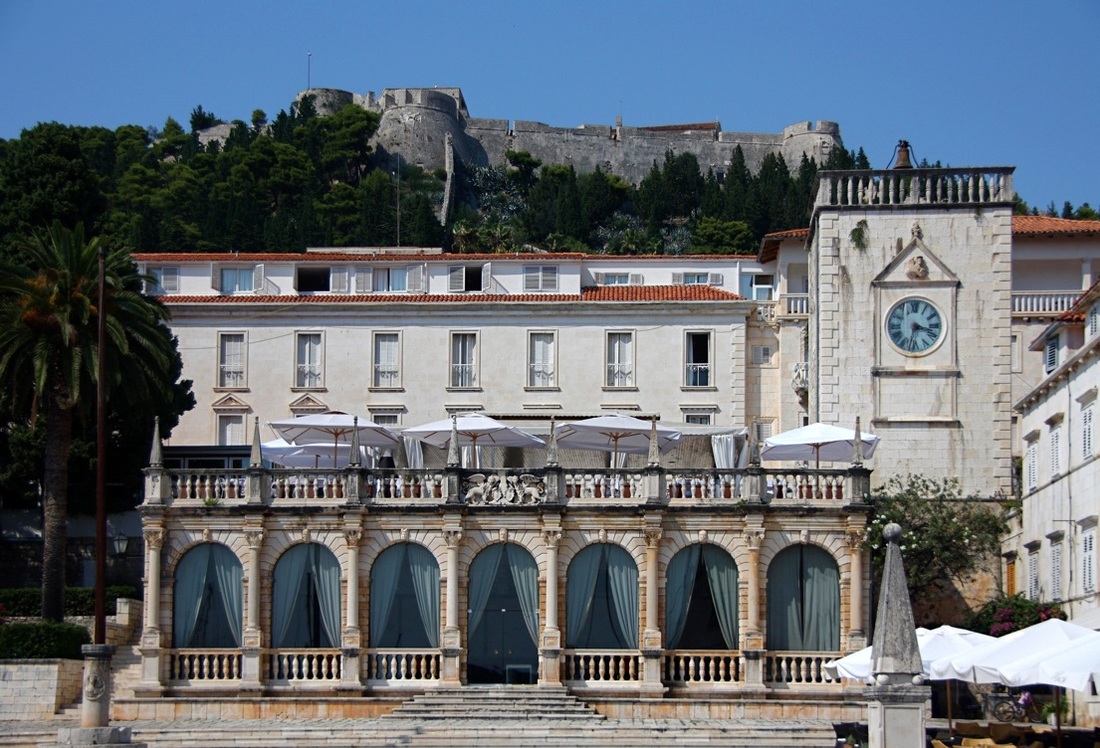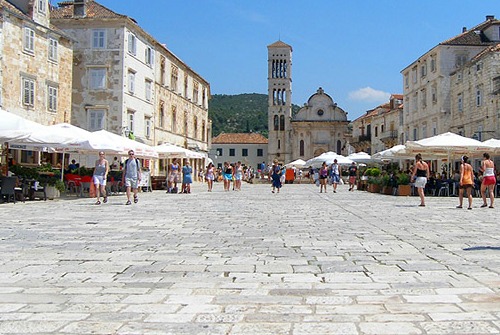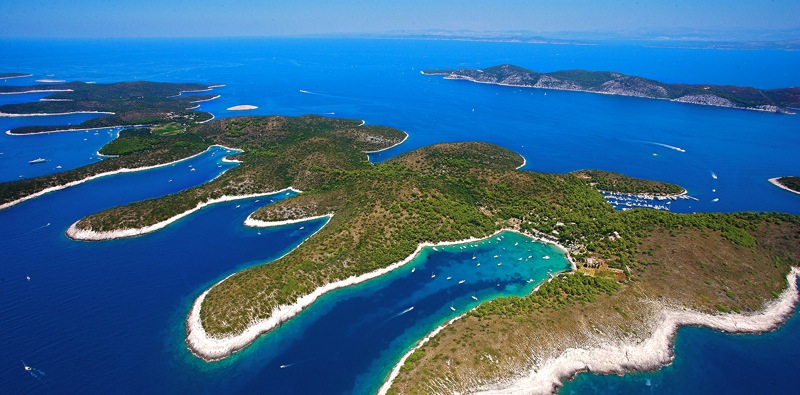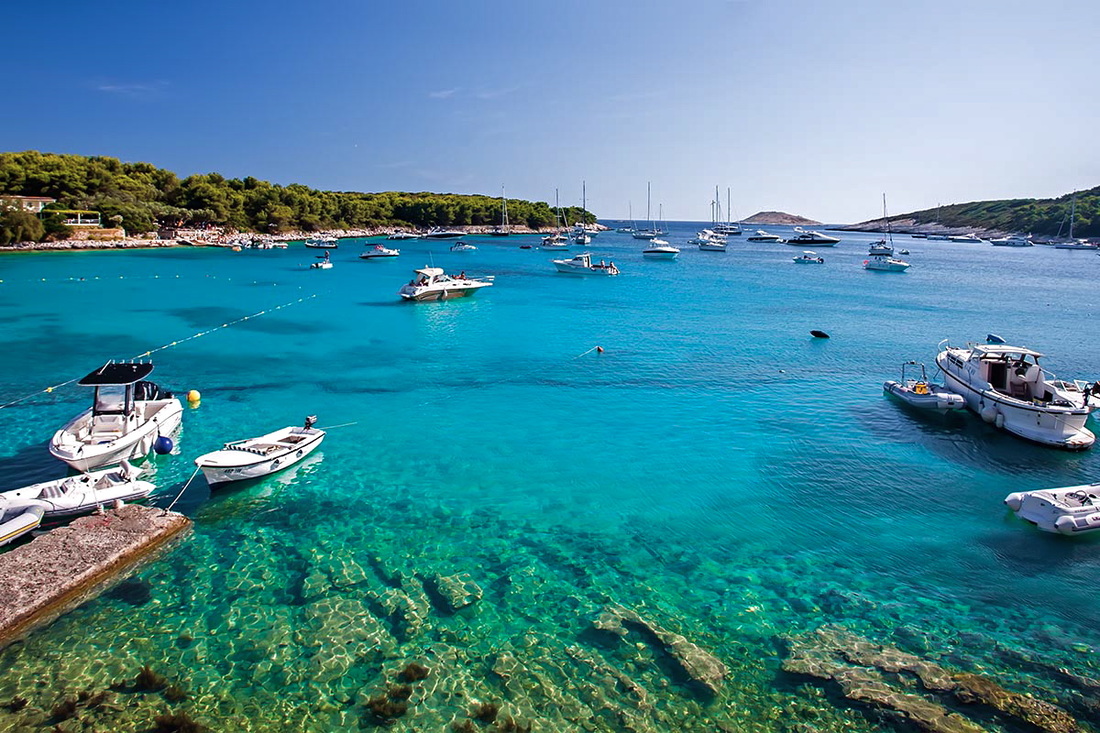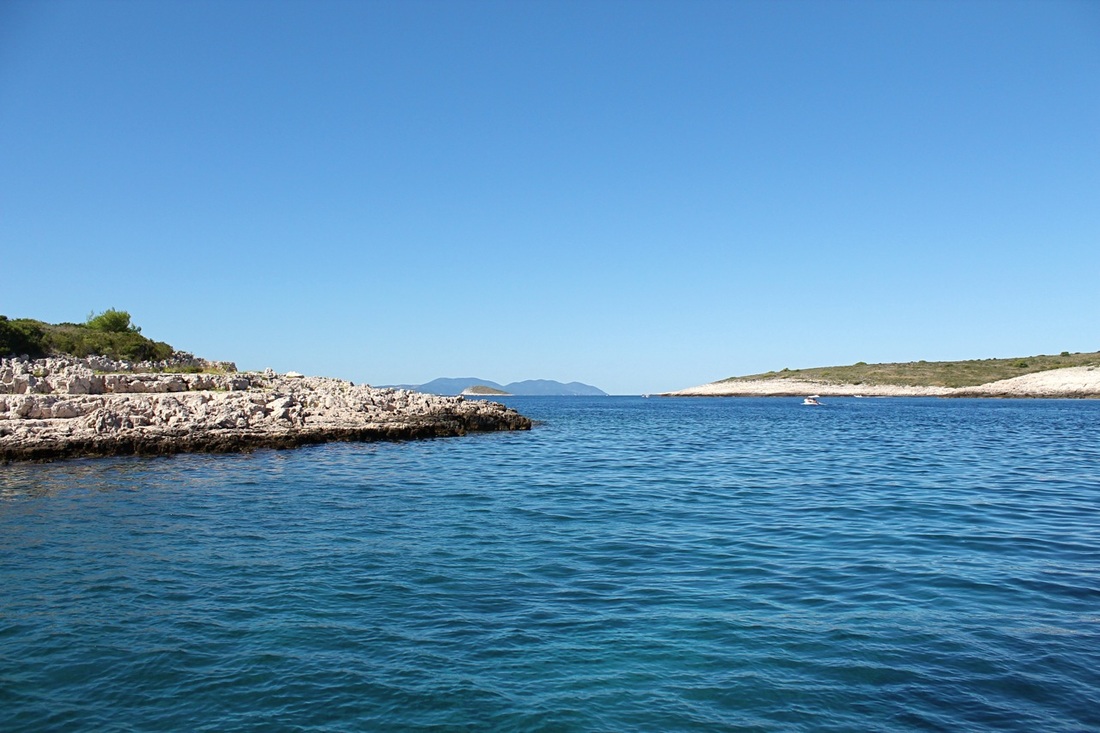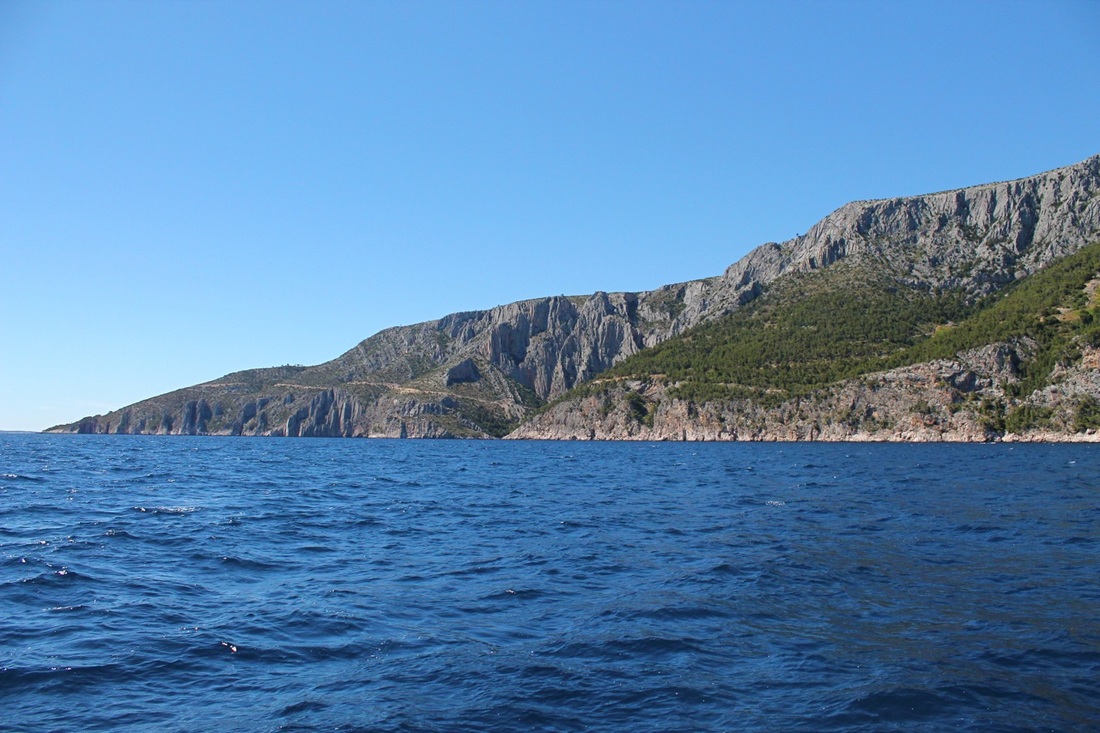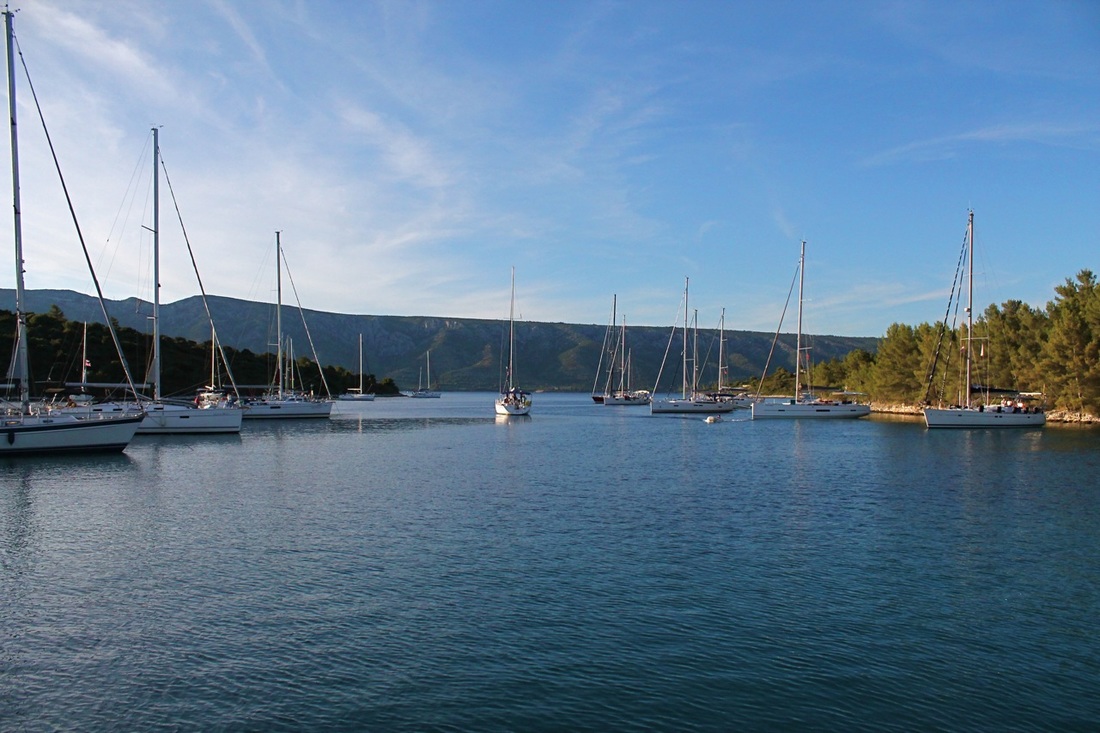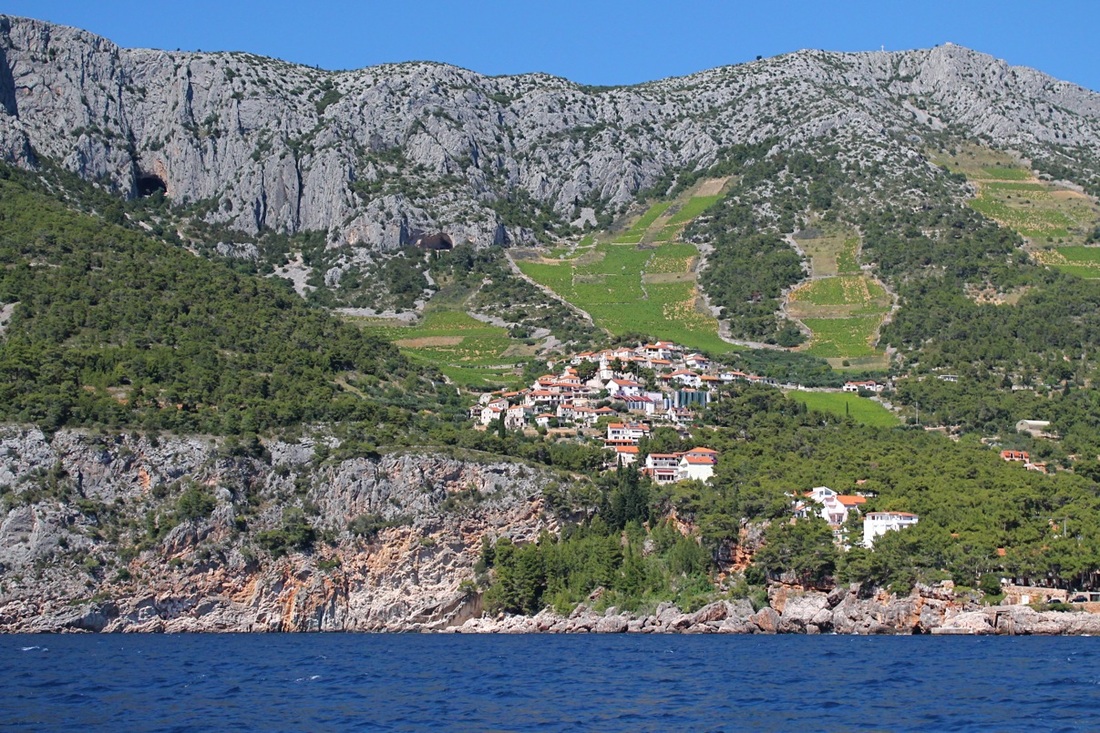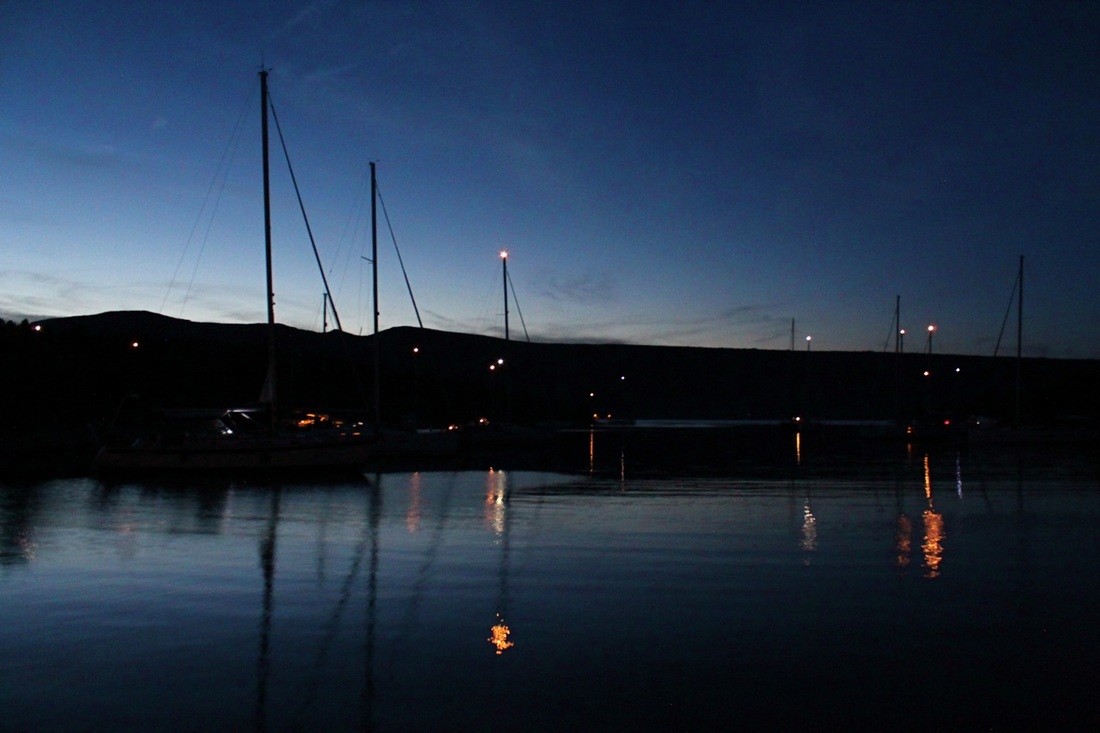The high peaks of Peljesac protect Korcula and its southeastern coast from rough northerly winds. The dry terrain is covered with macchia in the north and dotted woth vineyards, olive orchards and fruit trees in the south. This place retains a thriving agricultural business especially in winemaking. Dingac and Postup wines are appreciated throughout Croatia and Peljesac vineyards are open for visits. Do sample the farmed oysters and shellfish from Ston that attract gastronomes from far away.
At the eastern tip of Hvar lies the pretty little port of Sućuraj. From there, it’s only 5 km, a short hop by ferry across to Drvenik on the mainland. From the island the effect is rather dramatic – you’re looking up at a 4,000 ft wall across the small channel, which looms ever larger as you sail across! The lightouse located at the most eastern point of Hvar Island seems coming out form a fairytale!
Makarska itself is built around a deep sheltered bay, and backed by the dramatic rocky heights of Mount Biokovo (circa 1700 meters), which acts as a buffer from the harsher inland climate. Biokovo’s sea-facing slopes are criss-crossed by well-marked trails, so besides swimming in the deep turquoise Adriatic, it’s possible to get in some hiking or mountain biking too.
Today, through summer Makarska’s main square is filled with open-air restaurants and cafés, while behind the church, in the shade, the daily open-air market sells fresh seasonal fruit and vegetables. Along the harbour, overlooked by a string of cafés and pizzeria, wooden excursion boats offer one-day trips to Jelsa on Hvar and Zlatni Rat beach in Bol on Brac.
But the main draw here are the beaches, backed by fragrant pinewoods overlooking the glistening turquoise sea.
Makarska has a dual soul indeed: on one side a typical Mediterranean touristic destination with bright blue sea, tranquil atmosphere and a good sports offer, while on the other side the nights are much more active with many bars, clubs, restaurants and live music!
